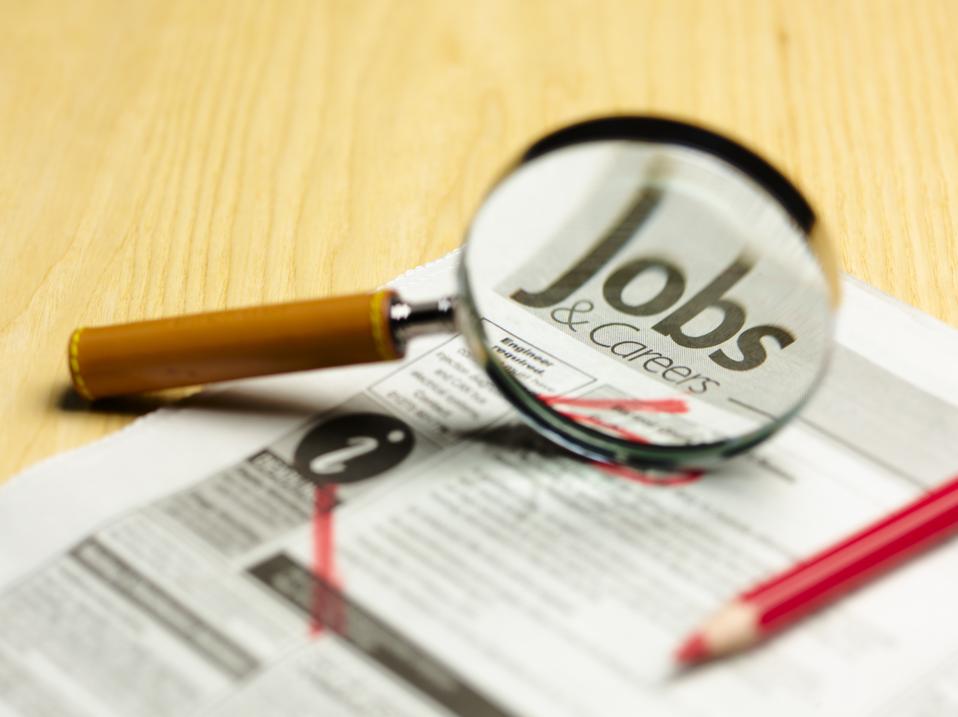A state’s unemployment rate is dependent on many factors. Even so, much of it rests on the governing bodies who set tax rates and other policies that can help or hurt businesses. I have researched the unemployment rate for all 50 states and will present the best and worst ten. Moreover, we will learn which political party has control in each of these states, including the office of the governor and the legislature (Senate and House). Note that the Nebraska legislature is unicameral, which means a candidate’s political party is not shown on the ballot as the goal is to be nonpartisan. Here is the data.
Best and Worst State Unemployment Rates for 2023
The following table shows the 10 states with the lowest and highest unemployment rates in 2023. The lowest unemployment rate was found in Maryland and the highest rate was in Nevada. While Maryland, a decidedly blue state, had the lowest rate of unemployment, republican led states dominated the best 10 list in 2023. How did Maryland do it? Maryland implemented policies that are friendly to businesses as well as to its economy. Here’s what Maryland’s Governor Wes Moore had to say on what he has done to boost employment.
“We’ve made great progress on making Maryland more competitive and affordable in the year we’ve been in office. Since I took office, we’ve moved up 20 spots in economic momentum, and we’ve seen record low unemployment here in Maryland.”
“My administration also delivered over $1.4 billion to small and minority owned businesses through the Board of Public Works and created the Maryland Economic Council to shape our state’s economic development strategy and get our economy moving.”
“But, we’ve still got work to do in order to utilize all of the assets that Maryland has to offer, which is why we are laser focused on announcing new jobs, raising wages, and making Maryland the best place to start and grow a business.”
Governor Wes Moore
When compared to the national unemployment rate of 3.70%, the difference between the best and worst rates fell within a narrow range. For example, Nevada had the highest rate at 5.40% and Maryland’s rate was the lowest at 1.80%. Even New Jersey with the third highest rate (4.70%) was only one percentage point above the national average. The fact that the best and worst unemployment rates fell within a narrow range may be a sign of a strong national economy.
Best and Worst State Unemployment Rates by Political Party
When considering all 50 states, the average unemployment rate in 2023 in states where the governor was a Democrat was 3.64% compared to an average rate of 3.19% in states with a Republican governor. As the following chart shows, using only the best and worst 10 states for employment, 71% of states with the lowest unemployment were Republican controlled while 34% of the best states had a Democrat majority. When you look at the 10 states with the highest unemployment, 66% were run by Democrats while 29% had Republicans at the helm.
The next chart shows a breakdown of political control in all states. Note that Republicans hold a edge in governorships and a much wider margin in state legislatures. For example, 54% of states have a Republican governor compared to 46% for Democrats. Moreover, 60% of all state Senates are controlled by Republicans while Democrats control 40%. Finally, 58% of state Houses are run by Republicans compared to 42% for Democrats. Could this suggest some degree of optimism for Republicans in November? That’s hard to say as a lot can happen in the next eight months.
In general, are Republicans better for the economy than Democrats? Historically, Democrats have been the party of tax and spend, but in recent years, Republicans seem to spend just as much. It appears to this writer that members of both parties are using the same playbook of excessive spending to stimulate economic demand and garner votes, and, at a time when the Federal Reserve is doing what it can to slow economic growth to curb inflation. Thus, once again, fiscal policy (government) is at odds with monetary policy (Federal Reserve).
If state unemployment rates remain low, and consumer spending remains strong, we may be able to avoid a recession. If so, the economy will take a backseat to immigration in November. There is an economic argument to be made for immigration. More on that in a future article.

